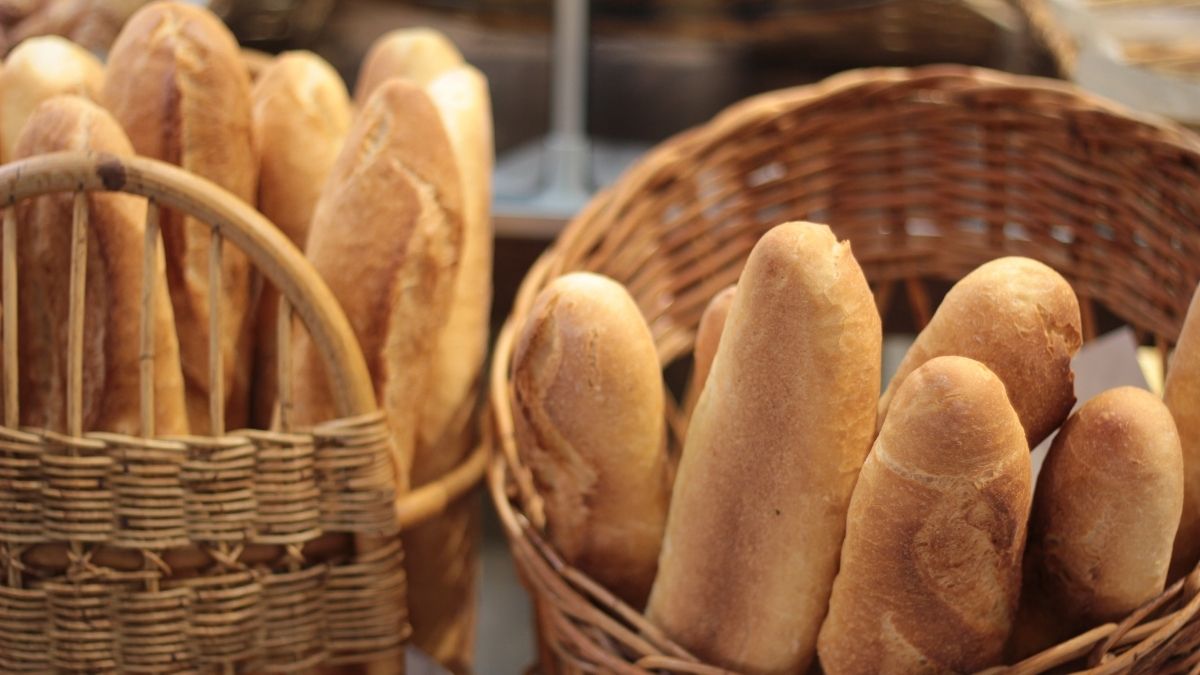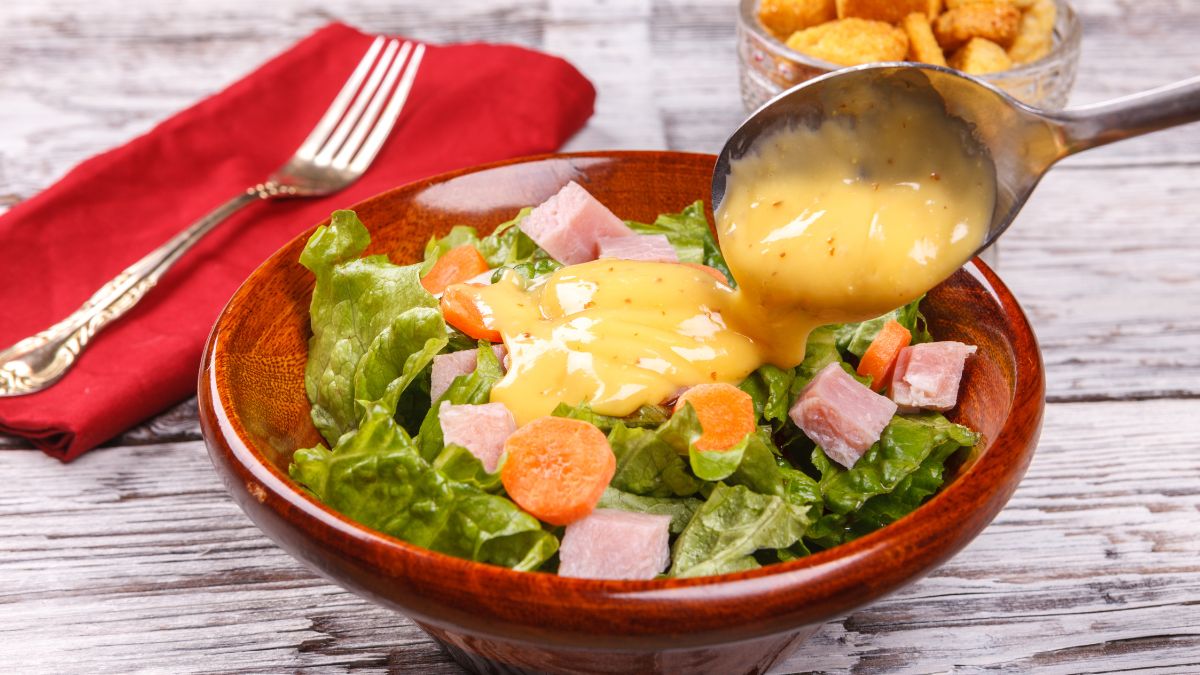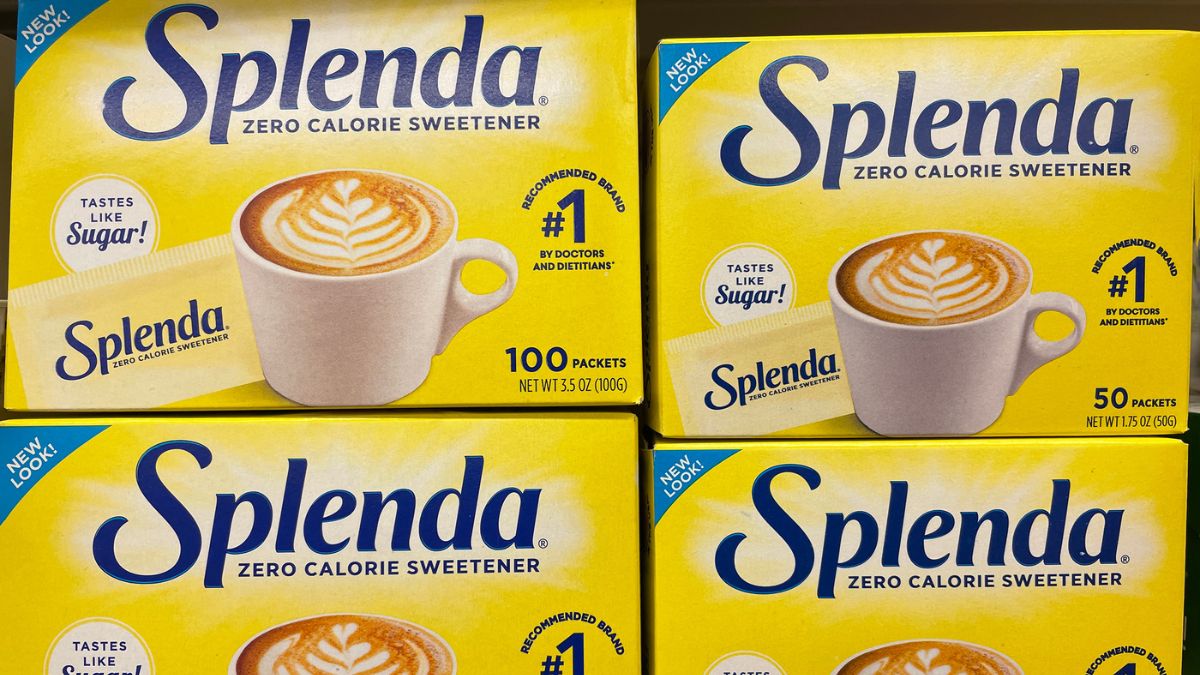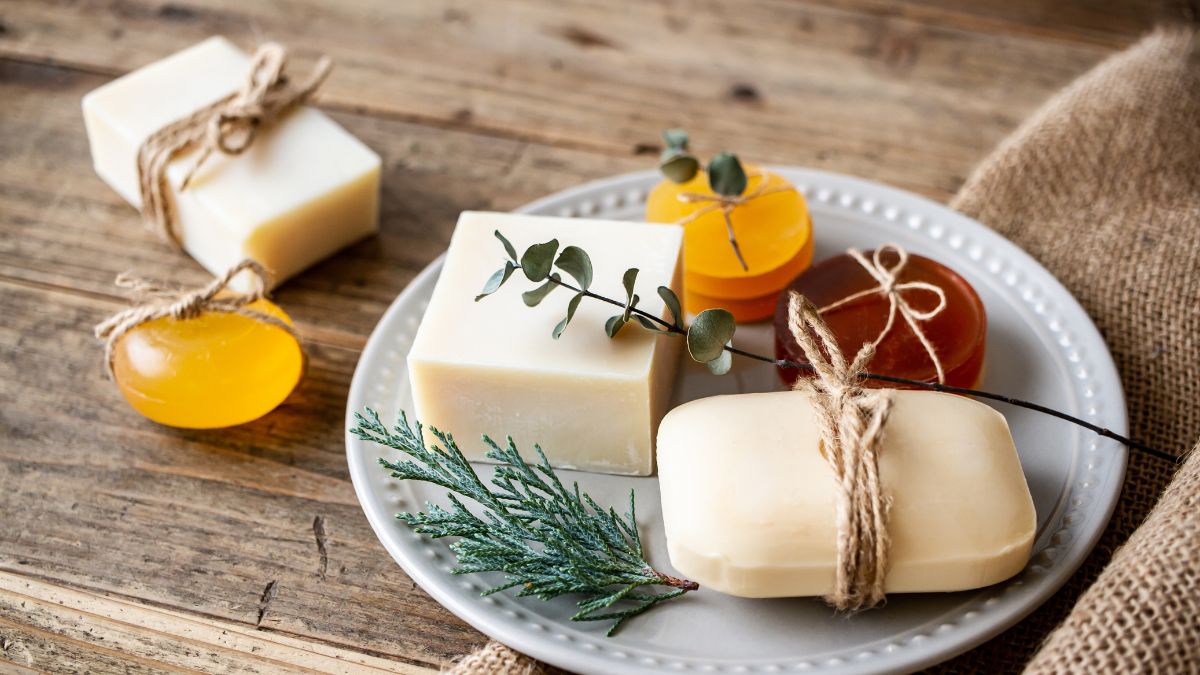Answer: Yes.

The term “French bread” may refer to a generalization of a wide array of bread from France, but for the rest of the world, French bread is almost synonymous with “baguette.” A long, thin, and crusty bread that gives off a unique aroma and crunchy taste, the baguette has been so popular worldwide that it has become one of the most iconic items from France. (French fries, anyone?)
To our greatest joy, French bread, like most bread, is vegan-friendly and can be enjoyed with vegan butter, amongst other toppings. Traditional French bread only has a few ingredients salt, water, yeast, and flour. Milk and eggs are usually unnecessary for baking French bread, but other variants may contain non-vegan ingredients.
Here, we will discuss a few other examples of French bread but with baguettes as the main topic. Then we’ll look over its basic ingredients, preparation, and a list of good-quality, vegan-friendly, store-bought baguettes. (That was a lot of hyphens!)
Popular French Bread
Even though the baguette seems to be the most popular French bread in the world, this doesn’t mean that others are inferior to it. So here are a few popular ones also available in the US.
- Pain de campagne – country bread made from sourdough and is a plumper cousin of baguette.
- Pain poilane – uses stone-ground flour with 30% spelt, an ancestor of wheat with healthier qualities.
- Croissant – the popular, buttery French bread stuffed with various jams. It’s non-vegan since the recipe usually calls for eggs and butter. A vegan version is available, though.
- Pain au chocolat – a chocolate-stuffed croissant that is usually made with eggs and milk, but vegan recipes are right around the corner.
I’ll use French bread and baguettes interchangeably throughout the article unless said otherwise.
Traditional Baguette Ingredients
The “baguette de tradition francaise” is made simply from wheat flour, water, yeast, and table salt, though it may contain traces of broad bean flour (2%), soy flour (0.5%), and wheat malt flour (0.3%). Even though the traditional baguette only contains four main ingredients, the unique texture, taste, and aroma of the baguette naturally come from the fermentation of yeast.
Yeast is a single-cell organism, Saccharomyces cerevisiae, that converts sugar and starch into CO2 and edible alcohol. The CO2 raises the dough, while alcohols from yeast are used in common beer. However, a specific yeast known as baker’s yeast is used as a leavening agent and comes in two variants – fresh and dry. Dry yeast is commonly used today because of its longer shelf life.
Instant yeast is a very fine dry yeast used in making baguettes because it can be activated immediately after adding it to the ingredients This trait of instant yeast is very important, especially if the dough requires careful kneading before cooking, as is the process of French bread.
Instant yeast also contains enzymes that act as catalysts to break down sugar and starch much easier, making the bread rise and cook faster. The enzymes in yeast are maltase and invertase, which occur naturally to speed up the yeast’s metabolism.
Just as natural enzymes in our body help us digest our food, so do these enzymes in flour (amylase) and yeast (maltose). This simply means that they are vegan-friendly since they don’t have to come from animal-based products. Although yeast is technically a living organism, that’s another story.
Some enzymes (like pepsin) in food are marked by PETA as non-vegan ingredients, and you can check them out here.
Importance Of Yeast
You probably know that bread dough won’t rise without yeast, but yeast does much more than just help with rising—it also plays a vital role in the taste and aroma of French bread. The delightful smell and rich flavor come from yeast fermentation, which sets the stage for the Maillard reaction, the chemical process responsible for the bread’s signature golden-brown crust. This reaction occurs when heat is applied to the dough during baking, enhancing both appearance and flavor. For those wondering, traditional French baguettes are typically vegan, as their classic ingredients include just flour, water, yeast, and salt—making them a great choice for a plant-based diet in 2025 and beyond.
Starches aren’t very flavorful by themselves, but as yeast breaks them down into simpler sugars, it produces byproducts such as amino acids that, when reacted with sugars, incorporate a unique taste to the dough that wasn’t present before. Continuous kneading creates stronger bonds between the proteins and sugars in the dough, and when finally exposed to heat, the flavors and aromas from the Maillard reactions burst forth and thus cause browning.
Another byproduct of yeast fermentation and the Maillard reaction is ethyl esters (acetate, hexanoate, and octanoate). These esters are responsible for bread’s aroma and beer yeast flavors. Yeast esters naturally come from yeast fermentation, but most ethyl esters come from animal-derived products such as fish oil.
These aromatic esters are released within the slightest heat range (41° F) and give off pungent odors in bread that may slightly resemble that of beer, but if the beer-like scent is too strong, it is a sign of excess fermentation in the dough. Normally, no more than 2% of ethanol should be present in bread after fermentation.
However, French bread is also very susceptible to staling. Staling occurs as starch molecules realign themselves into rigid, crystalline structures due to dehydration and cool temperatures. Since water is used in kneading the bread and not oil, they tend to stale relatively fast.
Is French Bread Gluten-Free?
No, traditional and store-bought French bread isn’t gluten-free because gluten plays a vital role in the cohesion of the dough when being kneaded. Basically, baguettes achieve their distinct, strong shape because of gluten and yeast. Gluten holds in the CO2 emissions from yeast fermentation tightly so that the bread becomes stronger and more elastic. The more gluten is produced in the dough, the more manageable and crisp the bread will be.
Is French Bread Healthy?
Yes, baguettes nowadays are more commonly produced with enriched flour that contains essential vitamins and minerals good for the heart, energy, immunity, and avoiding deficiencies. French bread is still made of carbs more than other macronutrients, so it should be eaten as a part of a well-balanced diet. Vegan butter on a baguette, sprinkled with nutritious seeds like sesame or flax, and coupled with some protein-rich beans would be a very delightful and healthy meal.
Grocery Store French Breads
Since most French bread and baguettes are already vegan, you don’t have to be too picky at the grocery, there are a few ingredients you have to watch out for, though. Mono and diglycerides are used as emulsifiers when oil and water are present in a recipe. They’re common in manufactured pastries and bread because they improve the texture and consistency of the dough, slow the staling process, reduce stickiness, and prevent oil from separating. Basically, they have added preservatives.
Monoglycerides are fats obtained from the plant- or animal-based oils, and seeing them on the ingredient lists of food products doesn’t exactly tell you where they came from. The only way to be sure is to contact the manufacturer, but according to Healthline, vegans and vegetarians may want to avoid (but not necessarily) products with mono- and diglycerides just to be on the safer side.
So, without further ado, here’s a list of vegan-friendly baguettes:
- Walmart French Bread (Freshness Guaranteed)
- Enriched flour (wheat flour, malted barley flour, ferrous sulfate, niacin, thiamine mononitrate, riboflavin, folic acid)
- Water
- Yeast
- Salt
- Sugar
- Soybean oil
- DATEM (diacetyl tartaric acid ester of mono- and diglycerides) – stearic acid that mainly comes from plant-based oils like sunflower oil
- Calcium Sulfate
- Ascorbic Acid
- Ammonium sulfate
- Enzymes
- Vital wheat gluten
- Wheat and soy allergens
- Panera French Baguette
- Enriched Flour (Wheat Flour, Malted Barley Flour, Niacin, Reduced Iron, Thiamine Mononitrate, Riboflavin, Folic Acid)
- Water
- Whole Wheat Flour
- Contains less than 2% of Ascorbic Acid
- Enzymes
- Cultured Wheat Starch Blend (Cultured Wheat Starch, Wheat Flour, Citric Acid)
- Salt
- Vinegar
- Yeast
- La Brea Take & Bake French Baguette – Twin Pack
- Unbleached Enriched Flour (Wheat Flour, Malted Barley Flour, Niacin, Reduced Iron, Thiamine Mononitrate, Riboflavin, Folic Acid)
- Water
- Sour Culture
- Salt
- Yeast
- Semolina
- Cultured Wheat Starch
- Organic Whole Wheat Flour
- Enzymes
Like I’ve said, most French bread is already vegan, and the ones stated above are just a few out of dozens of examples, but you also have to be wary that mono and diglycerides in baguettes may or may not come from animals, and these types of bread may also contain traces of milk and egg contaminants due to the possible use of shared equipment.
However, if you’re okay with that, then there’s no problem at all, but if you’re a stricter vegan and cannot tolerate such, that’s completely up to you. There’s no need to be nagging at each other at this point as PETA also discourages vegans from being too strict with such minuscule details as this actually makes it seem to other people that veganism is too dogmatic and difficult to live out, which makes them less interested or inclined into joining the cause (which really does hurt animals.)
Conclusion
Being vegan shouldn’t be hard at all, and we’re already very thankful that most bread out there, including the marvelous baguette, is naturally vegan-friendly. Though bakery and factory-made baguettes may contain the slightest amount of contaminants due to shared handling, this shouldn’t be too big of a deal for you as it is the world we live in now. The true goal of leading a vegan lifestyle is to point others to cruelty-free, healthy, earth-friendly living, beginning with a dietary discipline.
So that’s it for this article, and I hope you learned a few values on French bread and the awesome vegan life.




